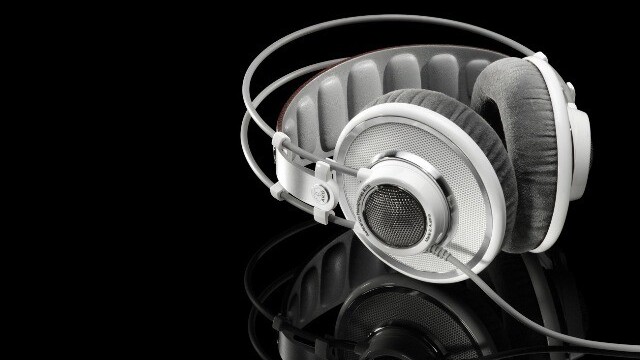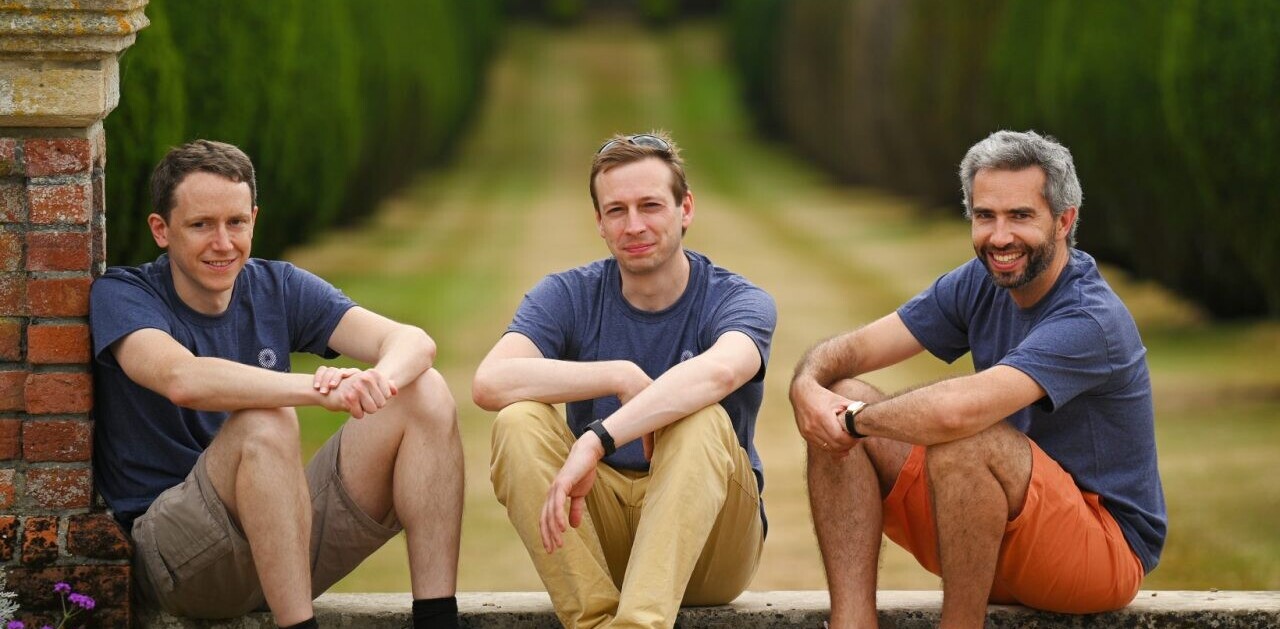
The folk at the BBC sure are an experimental bunch. Whilst the broadcaster launched a test feature for Wimbledon during the summer, which let listeners control the sound-balance for audio streamed online, it’s now trialling surround sound for standard headphones. So…what does that mean, exactly?
From today, a Christmas service from the BBC’s online archives will be available in ‘binaural’ format, creating realistic immersive – ‘surround’ – sound through ordinary headphones.
The BBC Radio 3 website will offer a recording of Nine Lessons and Carols from 2007 in this format until the end of the Christmas period. The service was recorded in surround sound by BBC engineers as an experiment, and processed to create binaural audio by the BBC Research and Development department.
What do you have to do to check this out? Well, UK listeners can plug their normal headphones into any computer with a stereo output and stream the audio now – you have 6 binaural versions of the recording to test out, to suit different types of headphones and head shape. But why this particular Christmas service?
“When the BBC moved its Research and Development function from Kingswood Warren in 2010, Andrew Mason, one of our audio research engineers, discovered an experimental stereo recording of the 1958 Festival of Nine Lessons and Carols from King’s College, Cambridge”, says Rupert Brun, head of technology, BBC Audio & Music. “In 2007, Steve Richards, one of the BBC’s senior sound supervisors, made another experimental recording of the Festival, this time in ‘4.0’ surround sound. For Christmas this year we are offering a technical evaluation of various surround sound formats based on these recordings.”
Brun goes on to explain that the rich, reverberant acoustics of King’s College Chapel, and the location of choir, organ and congregation, give a ‘complex and immersive audio landscape’ to reproduce. “This experiment is an attempt to enhance the standard ‘stereo’ sound headphone users have had for over 50 years”, added Brun. “And, although it is only a trial at this stage, if listener feedback is positive it could offer a significant improvement to audio quality in the future.”
If you want to know more about how the BBC produced the binaural files, you can watch a short video produced by Anthony Churnside from the BBC’s R&D department:
When you plug your headphones in, you should hear the music as though it’s all around you, rather than just coming through the headphones. Tim Davie, Director of BBC Audio & Music, said:
“We have stepped up our innovation within the BBC so that listeners can enjoy an even better experience of radio. If successful, our intention is to offer surround sound on a whole range of BBC programmes. This is part of an exciting series of trials such as HD Sound, and personal control of crowd versus commentary audio during events such as Wimbledon.”
In addition to the Wimbledon experiment this summer, the latest trial constitutes part of BBC Radio’s attempt to innovate with audio, which includes the trials of ‘3D Sound’ technology, following the BBC Audio Research Parnership, an initiative that is bringing together top UK audio experts for a five-year research collaboration.
Get the TNW newsletter
Get the most important tech news in your inbox each week.



